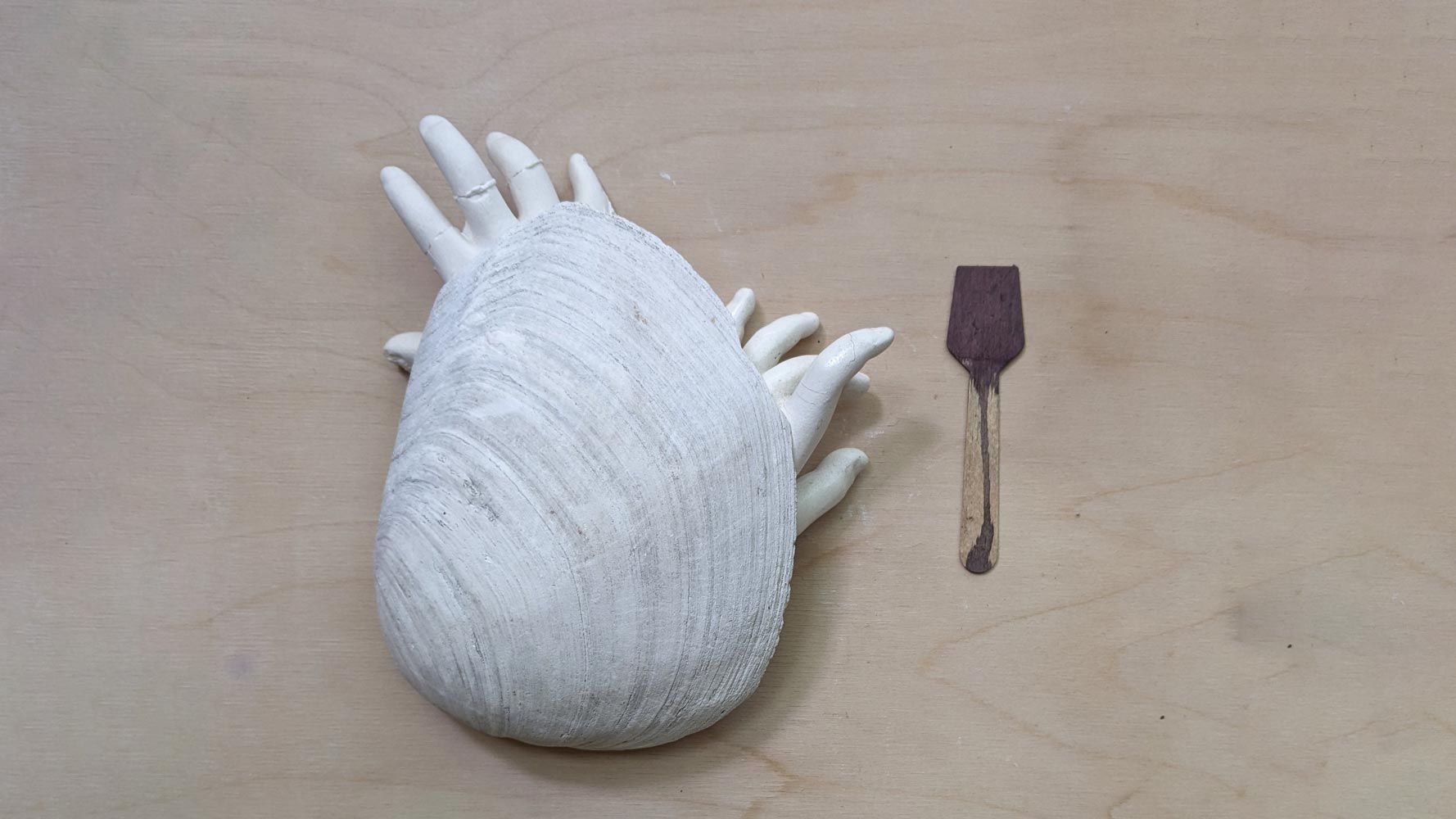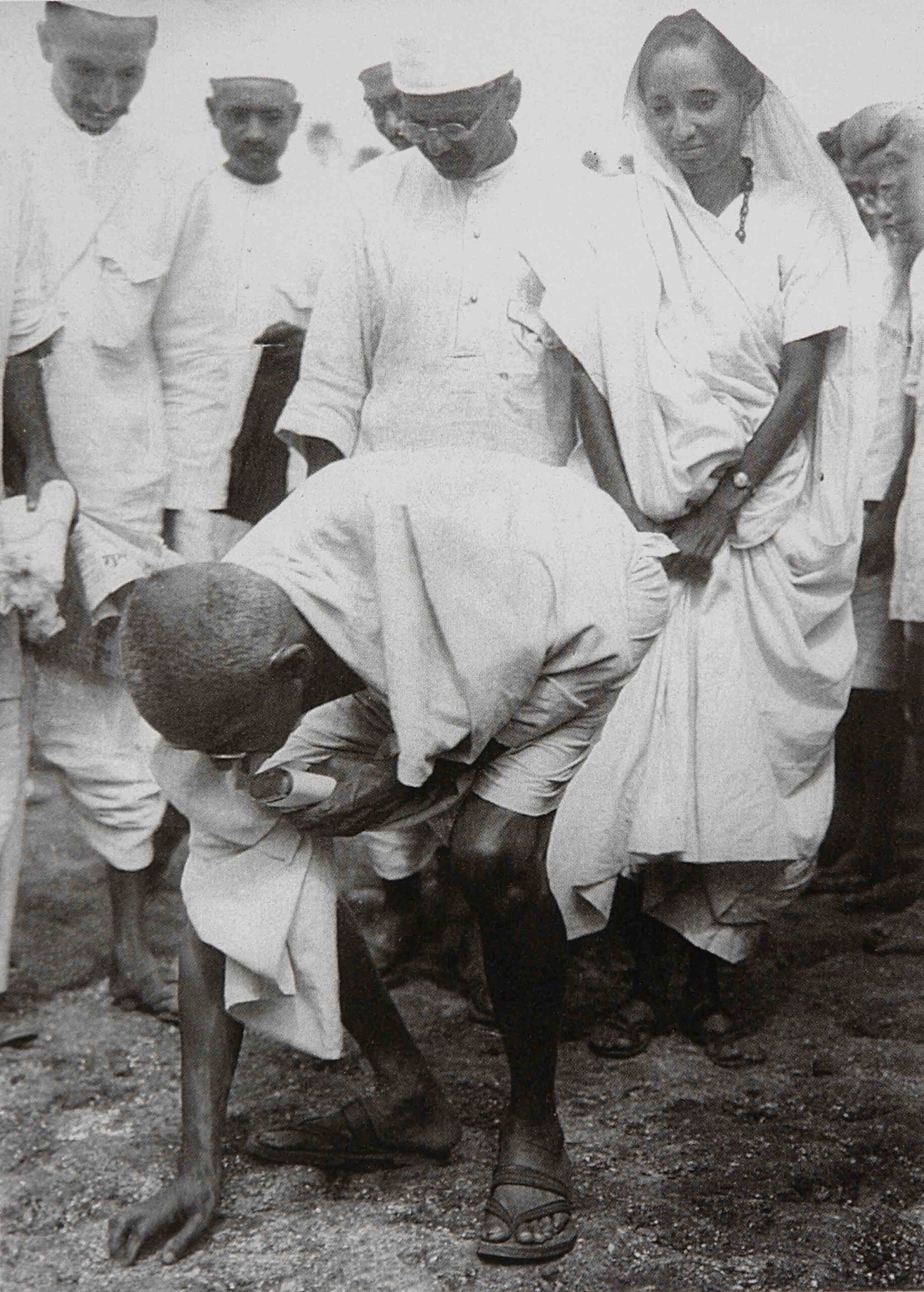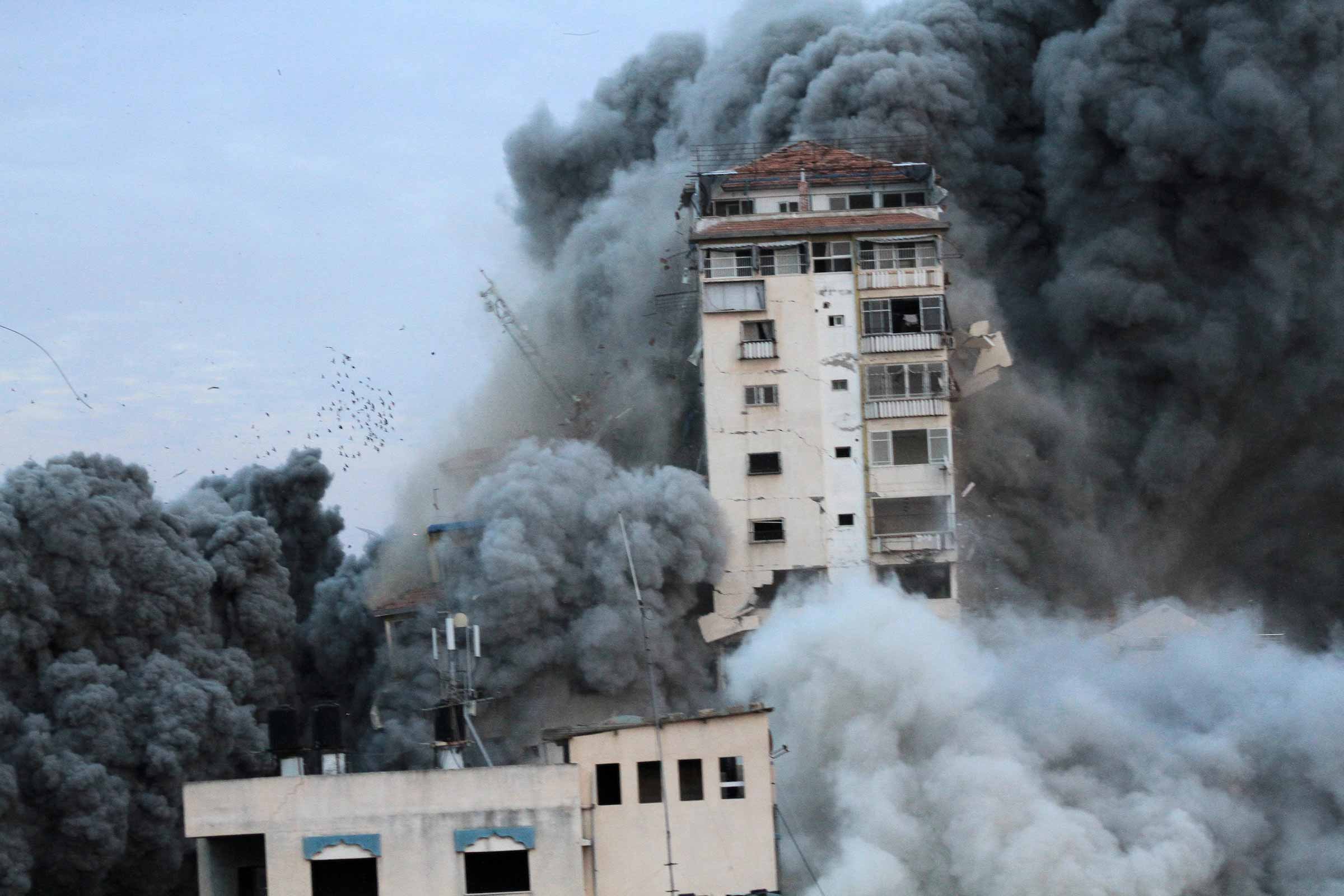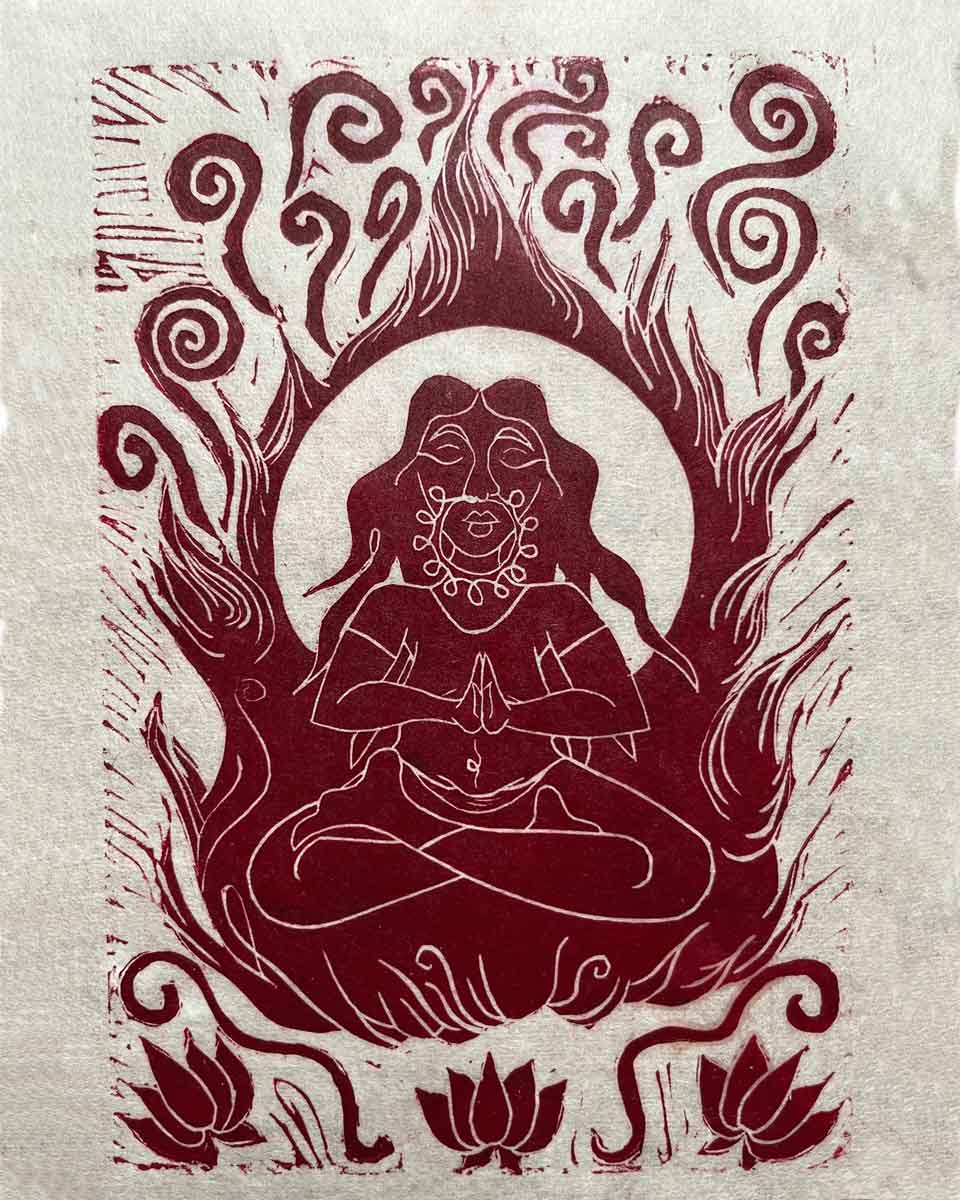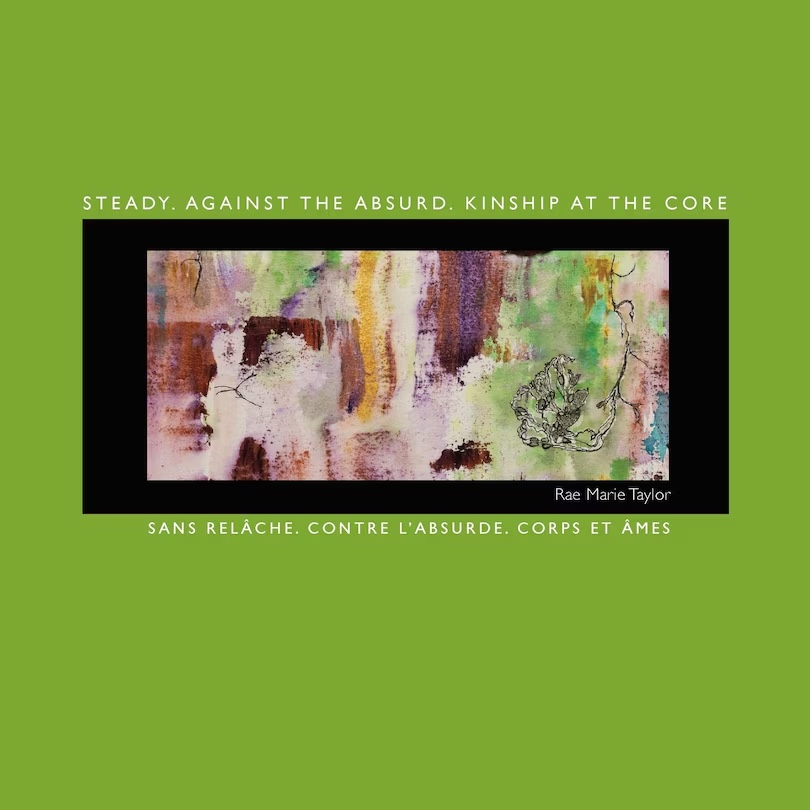
American-Canadian poet and visual artist Rae Marie Taylor’s collection of 17 numbered, untitled poems forms a continuous and vivid poetic sequence, charting a journey through collective grief, death, and eventual renewal. These poems are not stand-alone pieces but rather interconnected movements. This is a poetic epic, feminist, resolute and unswerving. This year, the book received the 2025 International Book Award in the Poetry: Narrative category.
Taylor draws us into her personal world, which expands to become politically and historically charged. We are pulled into her sense of loss, her memory punctuated by bullets.
She writes in her first poem:
My belly is sore, I said at the time of the first Gulf War.
C’était la même douleur.
It’s the same sorrow.
I turned, huddled for an instant, closer to you.
You were not there.
C’était la même douleur.
This is at once the poet’s personal suffering and loneliness over the loss of her lover, and the pain she felt arising from the geopolitical turmoil of the Gulf War. Through the repetition of the phrase “It is the same sorrow” in both languages, Taylor signals its continuity across time and the proliferation of wars.
In poem 2, she writes of a woman wading through rising waters:
A woman is walking.
pas à pas step by step one step after the other
[…]
She doesn’t shiver Elle ne frissonne pas
This can be read as a feminist meditation on strength, resilience and steadfastness in the face of grief, loneliness and historical erasure. It centres on the woman’s calm endurance, her ability to carry sorrow without surrendering to it. “I am her, I am not her.” This duality captures both individual identity and shared experience.
Water, a central element in the book, reflects Taylor’s deep bond with nature and the earth. In poem 17, it symbolizes female unity and resistance, opposing violence and erasure. Grief becomes the emotional ground from which fortitude and shared identity rise across languages and histories.
Taylor writes: They walked, side by side […] We walk sans relâche. It is the same sorrow. It is the same hunger.” War and the loss of loved ones pervade this poetry like an endless anxiety that follows her. Her poetry invites us to walk with her, grieving, enduring and resisting together.
Poem 7 intricately draws us in:
She moves closer to the guns, the bombs, the genocide, she wants to know,
to understand.
Dance, dance!
Defiant. She will not be Antigone.
We must dance for the sorrow sing for the moving
sorrow
for women murdered and women detained […]
Sorrow aching douleur sorrow for the violence the violence aching
ravaging the children threatening the soldiers killing!!
[…] the knives, the guns the vans killing one here hundreds there
terrifying! terrifying people, peoples yes the world’s peoples. Oh! the Wrongs
the Horrors.
The poem unfolds through successive images, each phrase densely packed with meaning. It meditates on existence, conflict, repeated loss and the violence humans inflict upon one another. We stand before a poetic narrative in which sadness has no unified rhythm, and Taylor’s pain is neither a mere idea nor a fleeting impression of a woman’s feelings; it is deeply bound to the voices of oppressed women everywhere and to all those suffering the consequences of war.
Taylor repeatedly invokes mythological women such as Antigone to illustrate classical forms of resistance in the face of contemporary atrocities. In this context, dance becomes a symbol of defiance. Unlike the tragic heroine who chooses death, this woman chooses to live and sing.
Violence saturates the poems: bombs, destroyed children, knives, guns. Taylor portrays such violence not merely as a series of individual acts, but as a systemic condition embedded in the structure of the world. She concludes this chain of horrors with one charged word: La Bêtise! (stupidity). This recalls Albert Camus, who wrote: “Everything for happiness, against the world which surrounds us with its violence and its stupidity.”
The political critique in this poem is profound. The poet reveals not only acts of brutality perpetrated by men, but also the cruelty and ignorance embedded in male-dominated systems that imprison women and silence their voices.
In a return to solidarity and remembrance, she invokes poets, artists and activists symbolizing Indigenous resistance—Mahmoud Darwish, Lee Maracle, Berta Cáceres, Alanis Obamsawin—each linked to their people’s struggles. By uniting these voices, Taylor conveys shared anguish and a global vision of decolonial solidarity.
She speaks against the symbolic collapse of American culture as a moral or idealistic project (Poem 8). In giving voice to silenced women, she shows them as leaders of a new era, portrayed not as symbols of weakness, but as central actors in a world being reshaped.
There is no more America, “Il n’y a plus d’Amérique,” Brel chants.
[…]
I tell her now, Yes. We will gather the strength of our embattled hearts. Together.
These poems are full of repetitions. “Elles sont nous, They are not us. Elles ne sont pas nous. They are us,” “I am her. I am not her,” “It’s the same sorrow.” Grief in her work is not linear, but circulates around the globe in a continuous motion, individual mourning and shared lament.
Taylor employs a distinctive poetic technique, blending French and English in several poems. This bilingual approach lends the text greater depth and resonance, while also creating cultural specificity. The interplay between the two languages evokes nostalgia, alienation and shifts in identity, emotion, and cultural meaning, all conveyed with a quiet, layered intensity.
Rae Marie Taylor’s book thinks, grieves, expresses solidarity, protests in silence, and loves the earth. Rather than crying out against the destruction of the planet, she has created this book of human and specifically feminist solidarity in the face of violence and absurdity. In these poems—powerful, fragmented, and multilingual—historical traumas share emotional space with hope in our fundamental humanity.
